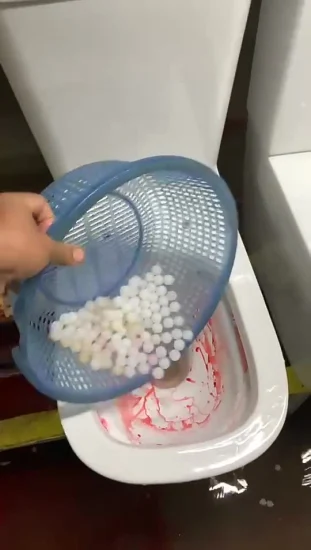Are You Permitted to Dispose of Food Waste in the Toilet?
Are You Permitted to Dispose of Food Waste in the Toilet?
Blog Article
We've uncovered the article on Think Twice Before Flushing Food Down Your Toilet directly below on the internet and accepted it made perfect sense to talk about it with you here.

Introduction
Many individuals are typically confronted with the predicament of what to do with food waste, particularly when it pertains to leftovers or scraps. One usual concern that develops is whether it's okay to purge food down the commode. In this post, we'll look into the reasons people could think about flushing food, the repercussions of doing so, and alternative techniques for proper disposal.
Reasons that people may consider flushing food
Absence of recognition
Some people might not be aware of the possible injury caused by purging food down the bathroom. They may erroneously think that it's a safe method.
Convenience
Flushing food down the toilet may feel like a quick and very easy remedy to throwing away unwanted scraps, specifically when there's no close-by garbage can readily available.
Idleness
In many cases, people may merely pick to flush food out of sheer laziness, without considering the consequences of their actions.
Repercussions of flushing food down the commode
Ecological impact
Food waste that ends up in rivers can add to contamination and injury marine environments. Additionally, the water utilized to flush food can strain water resources.
Pipes issues
Flushing food can lead to clogged pipelines and drains pipes, triggering costly plumbing fixings and hassles.
Kinds of food that must not be flushed
Fibrous foods
Foods with fibrous structures such as celery or corn husks can get tangled in pipes and trigger blockages.
Starchy foods
Starchy foods like pasta and rice can take in water and swell, resulting in obstructions in pipelines.
Oils and fats
Greasy foods like bacon or food preparation oils ought to never ever be purged down the commode as they can solidify and create clogs.
Proper disposal approaches for food waste
Utilizing a garbage disposal
For homes outfitted with garbage disposals, food scraps can be ground up and purged via the plumbing system. However, not all foods appropriate for disposal in this manner.
Recycling
Particular food product packaging materials can be recycled, minimizing waste and lessening ecological influence.
Composting
Composting is an environmentally friendly method to throw away food waste. Organic materials can be composted and utilized to enhance soil for horticulture.
The relevance of appropriate waste management
Lowering environmental damage
Appropriate waste monitoring methods, such as composting and recycling, assistance lessen contamination and preserve natural deposits for future generations.
Safeguarding plumbing systems
By staying clear of the method of flushing food down the commode, house owners can stop expensive pipes fixings and preserve the honesty of their pipes systems.
Final thought
In conclusion, while it may be appealing to purge food down the toilet for benefit, it is essential to understand the possible consequences of this action. By taking on appropriate waste monitoring methods and getting rid of food waste properly, individuals can contribute to much healthier plumbing systems and a cleaner environment for all.
FLUSH FOOD DOWN THE TOILET?
FLUSHING FOOD CAN CAUSE BLOCKED DRAINS IN YOUR HOME
All of the plumbing fixtures in your home are connected to the same sewer pipe outside of your home. This outdoor sewer pipe is responsible for transporting all the wastewater from your home to the Council sewer mains. Even small pieces of food that go down the kitchen sink can cause problems for your sewer. It should therefore be obvious that flushing larger bits of food, such as meat, risks a clog in either the toilet itself or the sewer pipes. Flushing greasy food is even more problematic because oil coagulates when it cools, coating the interior lining of your pipes.
THE TOILET IS NOT A BIN
Food isn’t the only thing that people shouldn’t be flushing down the toilet. People use the toilet to dispose of all kinds of things such as tampons, makeup wipes, dental floss, kitty litter and even underwear. Water goes to great lengths to educate residents about the high costs and stress placed on wastewater treatment systems simply from people flushing the wrong stuff down the toilet. It costs taxpayers millions of dollars each year, and homeowners thousands in blocked drain repairs.
FLUSHING FOOD IS A WASTE OF WATER
Flushing food is a waste of our most precious resource - water. In June this year Level 1 water restrictions were introduced to protect water supply from drought conditions. Much of New South Wales continues to be affected by prolonged drought with recent figures revealing up to 97 per cent of the state remains in drought. Depending on whether you have a single or dual flush toilet, every single flush uses between five and 11 litres of water. In the current climate this is a huge amount of water to be wasting on flushing food that should be placed in the bin (or better yet, the compost).
https://www.jabplumbingsolutions.com.au/blog/can-you-flush-food-down-the-toilet

I recently found that blog posting on when doing a search on the web. Sharing is caring. Helping people is fun. I treasure your readership.
Booking Page Report this page